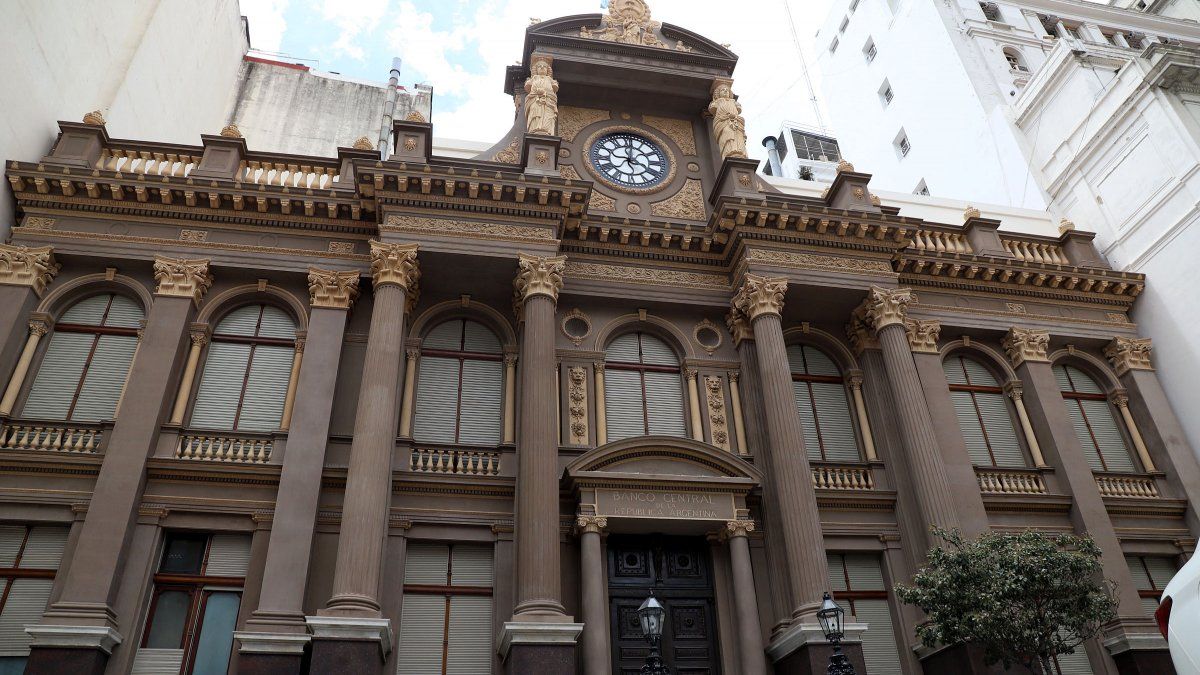On Tuesday $1.57 billion Leliqs expired and the banks only renewed $28,648 million. That is, the rate of rollover was 1.8%, the lowest since October 2018. But, beyond the disarmament of the Leliqs and migration to countries, The remunerated monetary liabilities of the BCRA closed November with a stock of $4.1 trillion, three times the monetary base and generated interest payments to banks of $2.4 trillion last month.
It should be noted that this “disarmament of the Leliqs Bomb” It’s not something new. The four tenders after the runoff, the renewal rate decreased from 39.7% on November 21 to 10.5% on November 23, subsequently to 22.8% on November 28 and only 2.8% on November 30, he also explained PPI.
On Thursday there will be a new Leliqs tender which will be the last before the assumption of Javier Milei as president. This time $1.15 billion or 19% of Leliqs stock expiresof which $0.77 trillion or 13% are in the hands of public banks, while The remaining $0.38 billion or 6% belongs to private companies.
Passive passes and FCI: record
Within the composition of passive passes, those belonging to the Common Investment Funds (FCI) could have climbed an additional $0.24 trillion on Tuesday (considering the interest and average stock variation of the last three days), they explained from PPI.
This implies that they would have expanded from a record of $4.93 trillion on Monday to $5.2 trillion. “This denotes that financial entities continue to reject new pesos to place in remunerated accounts,” the same report highlighted.
While, The rest of the passive repos, which are those placed by the banks, would have escalated from $10.44 billion to an estimated $12.02 billionassuming that what was not subscribed in Leliqs was destined for this instrument.
What happened in November: migration from Leliqs to Passes
“The banks continued without renewing their holdings in Leliqs, anticipating the next government’s concern regarding these instruments”he assured Martin PoloChief Strategist of Cohen. So, in November, Leliqs stock fell by $6 billion (44%) to $7.5 billion, the lowest level in a year.
The volume of pesos absorbed by the Leliqs began to migrate to Passive Passeswhich last month They rose to $5.5 billion and increased by 65% and they closed with a stock of $14.7 billion.
Finally, the Lediv They remained stable in the last week of November and closed at $1.8 trillion – which is US$5.1 billion at the official exchange rate. That’s the way it is, “the remunerated monetary liabilities of the BCRA They closed November with a stock of $4.1 billion, three times the Monetary Base that reaches $8.1 trillion3% higher than at the end of October and 130% higher than what it had at the end of 2022,” he closed pole.
Possible strategies to dismantle paid liabilities
According to a report by Econviewsif the primary deficit is eliminated, the Central Bank will not have to issue more to finance the Treasury, with that there will be fewer excess weights and therefore less need for sterilization.
“This ensures that the stock does not continue to grow. In addition, The devaluation and the consequent acceleration of inflation will cause us to have negative ratesso the amount of this debt (both in real terms or as a percentage of GDP) is going to be liquidated,” they specified.
However, they considered that the incoming Government has a more active proposal: “One option is to propose an exchange of these BCRA liabilities for a longer bond from the Treasury or from the Central Bank itself.
“A priori This option is not bad as long as the deadlines are extended. Another point that should be taken into account is that the Leliqs or the Passes are supporting deposits so if they are exchanged for a very long bonus you will have to think about give banks a liquidity window in case those deposits are not renewed“they explained.
For his part since FMyA of the economist Fernando Marull, this week they explained that more details of Javier Milei’s Economic Plan were becoming known. So, change to remember Luis Caputothe future Minister of Economy will have his right hand in the BCRA Santiago Bausilliyour partner in Anker Latin America.
“The BCRA will stop issuing, Leliq in the BCRA will migrate to Treasury Debtto be able to raise the rate more than inflation,” they advanced as one of the signals. “With this, The BCRA lowers stock to be able to raise the interest rate so that investors stay in pesos and do not put pressure on the dollar. The BCRA will provide liquidity to these Treasury Securities that banks have to cover Deposits,” they specified.
Source: Ambito




